Double check the settings in your printer and slicer that "screen brightness", "screen power", "max power" or something to that effect is set to 100%. I've seen some default to 70%-80%, the theoretical reason being that reducing power to the screen can lengthen its lifespan.. however, afaik these claims have not been backed up by data, and the logical counterargument is that any lifespan gains will be offset by the increased length of time the screen is on. Even if you can squeeze a few extra prints out of the screen before it dies, you're making all your prints take way longer than necessary.

For reference, this is the recommended printing settings chart provided by anycubic for their standard gray resin; the recommended exposure time for your printer at default layer height is 2.5 seconds. If you're using 100% power, you're more than doubling the normalexposure.
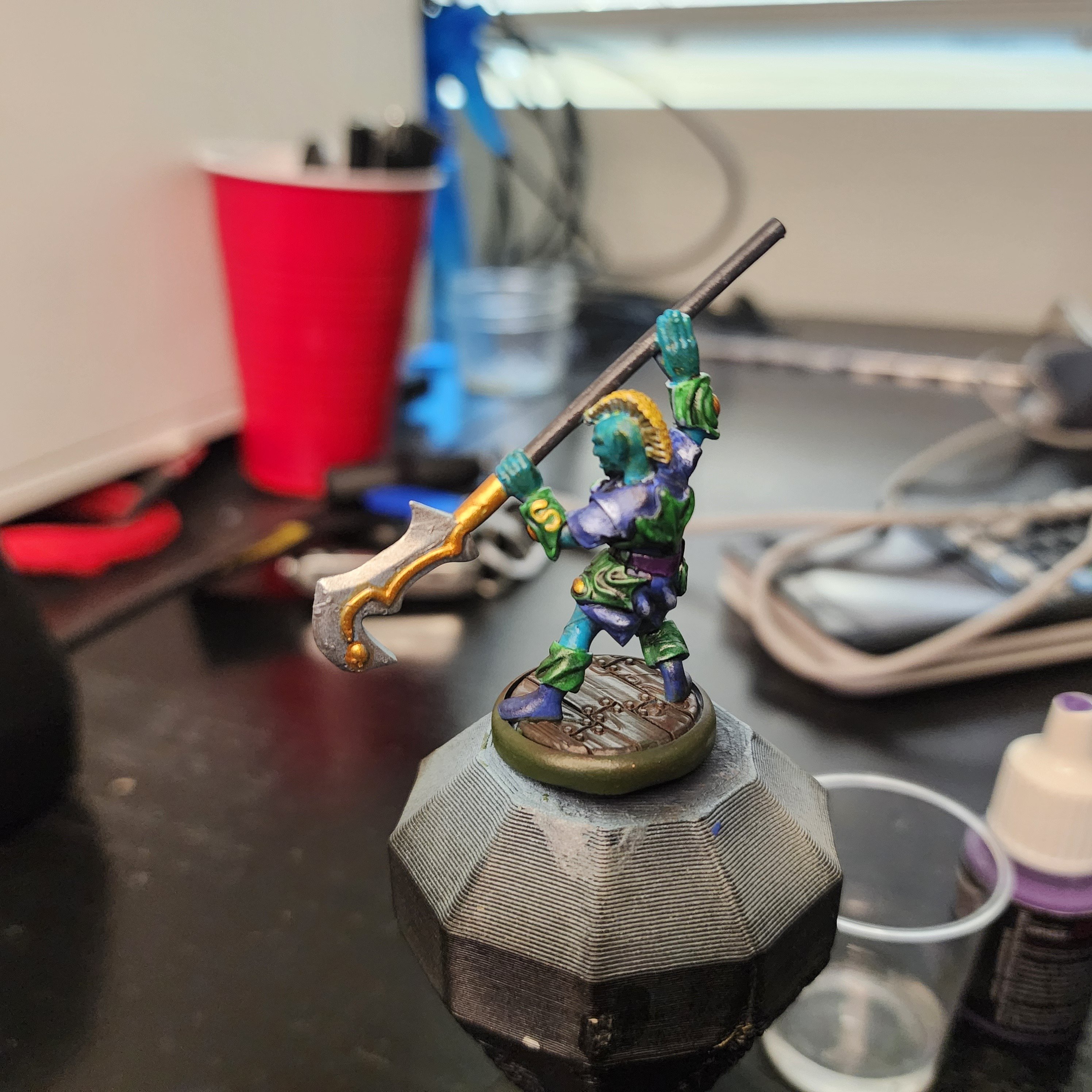
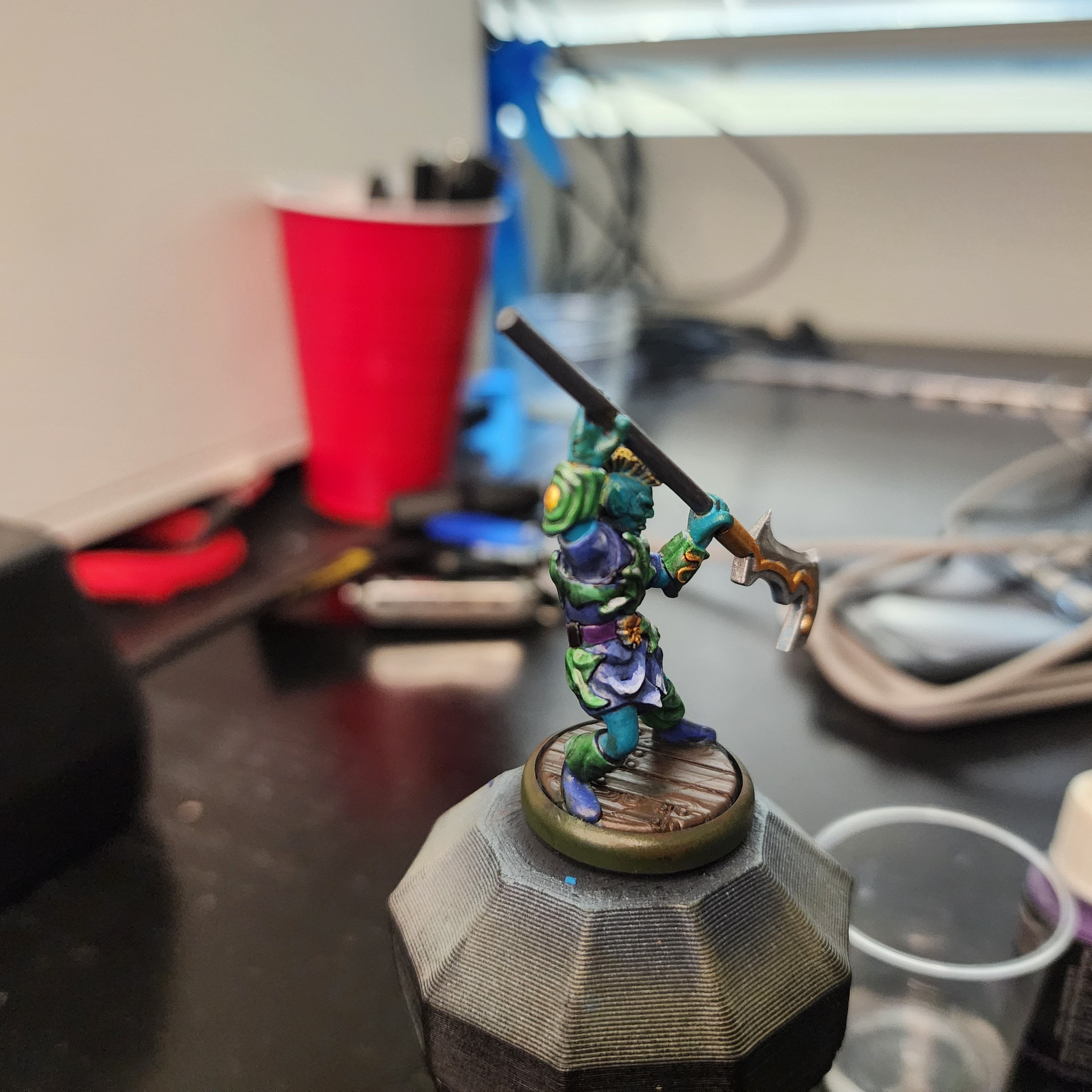
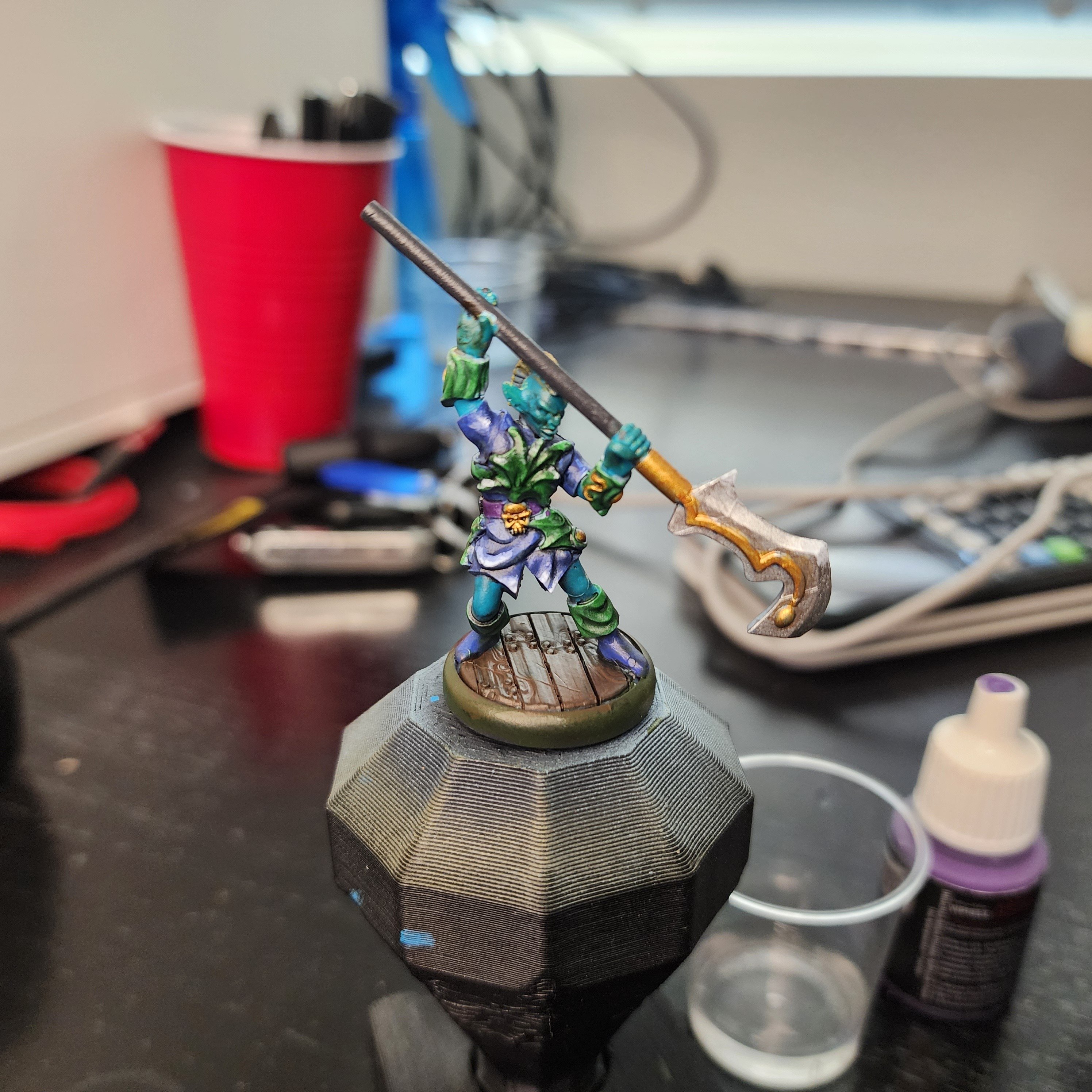
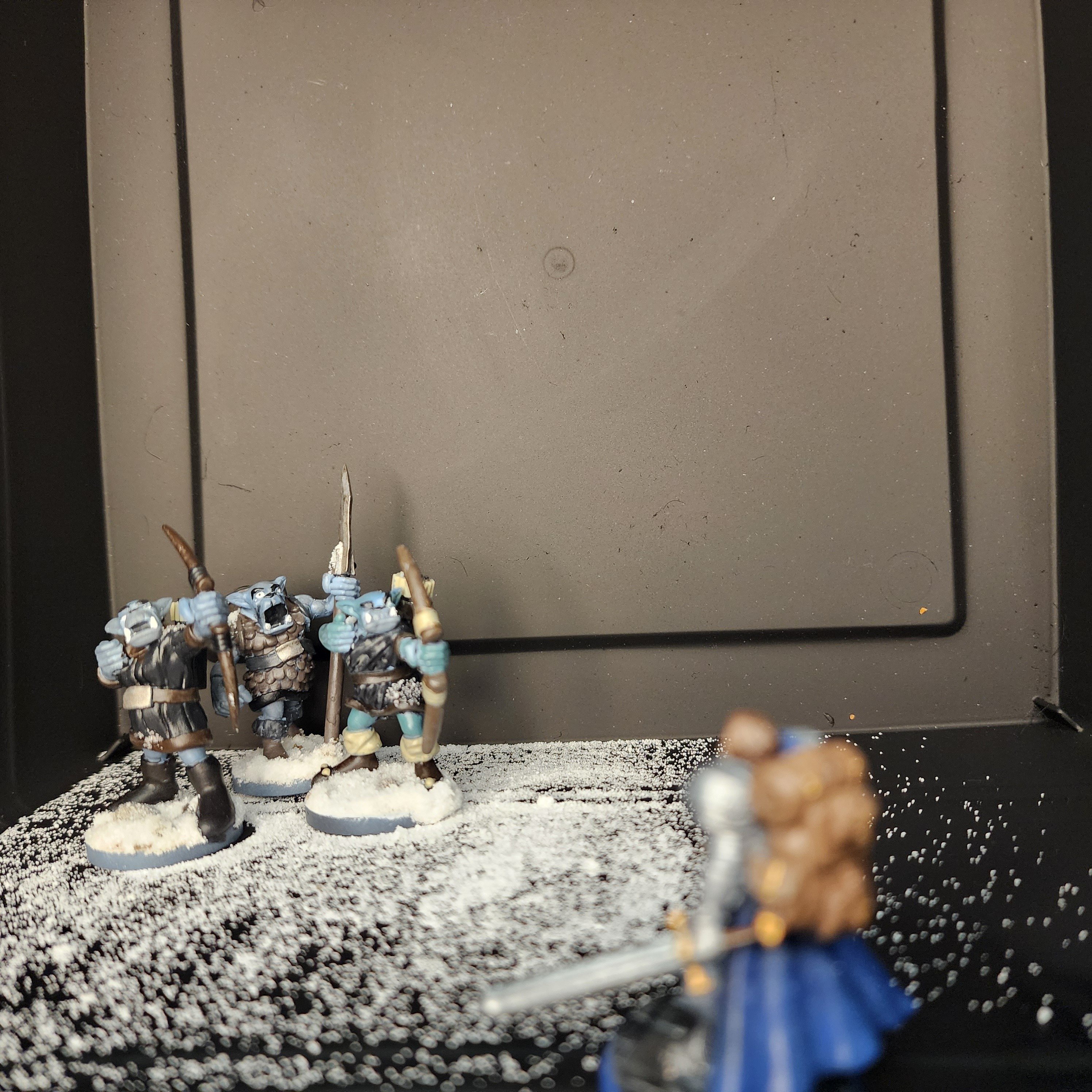
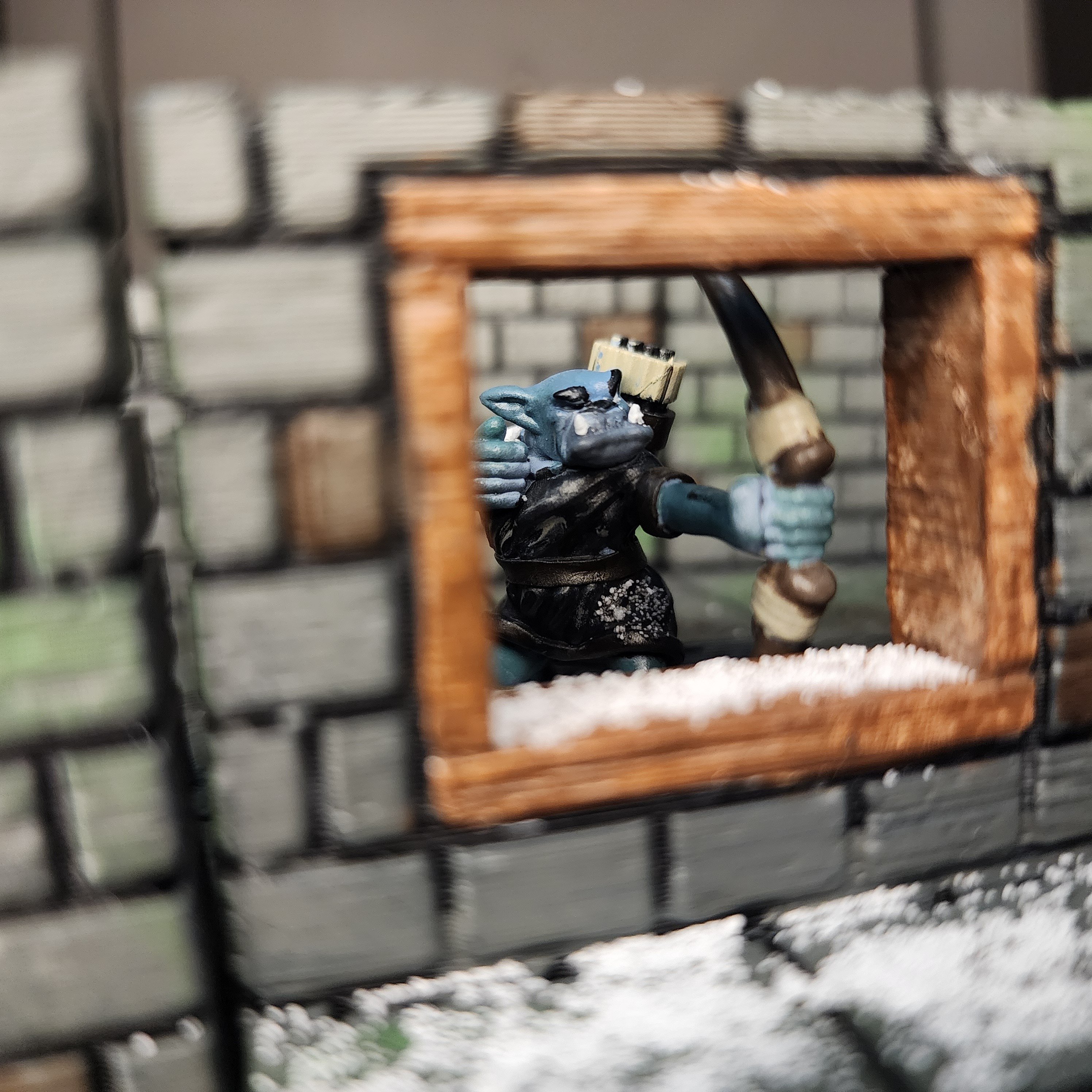
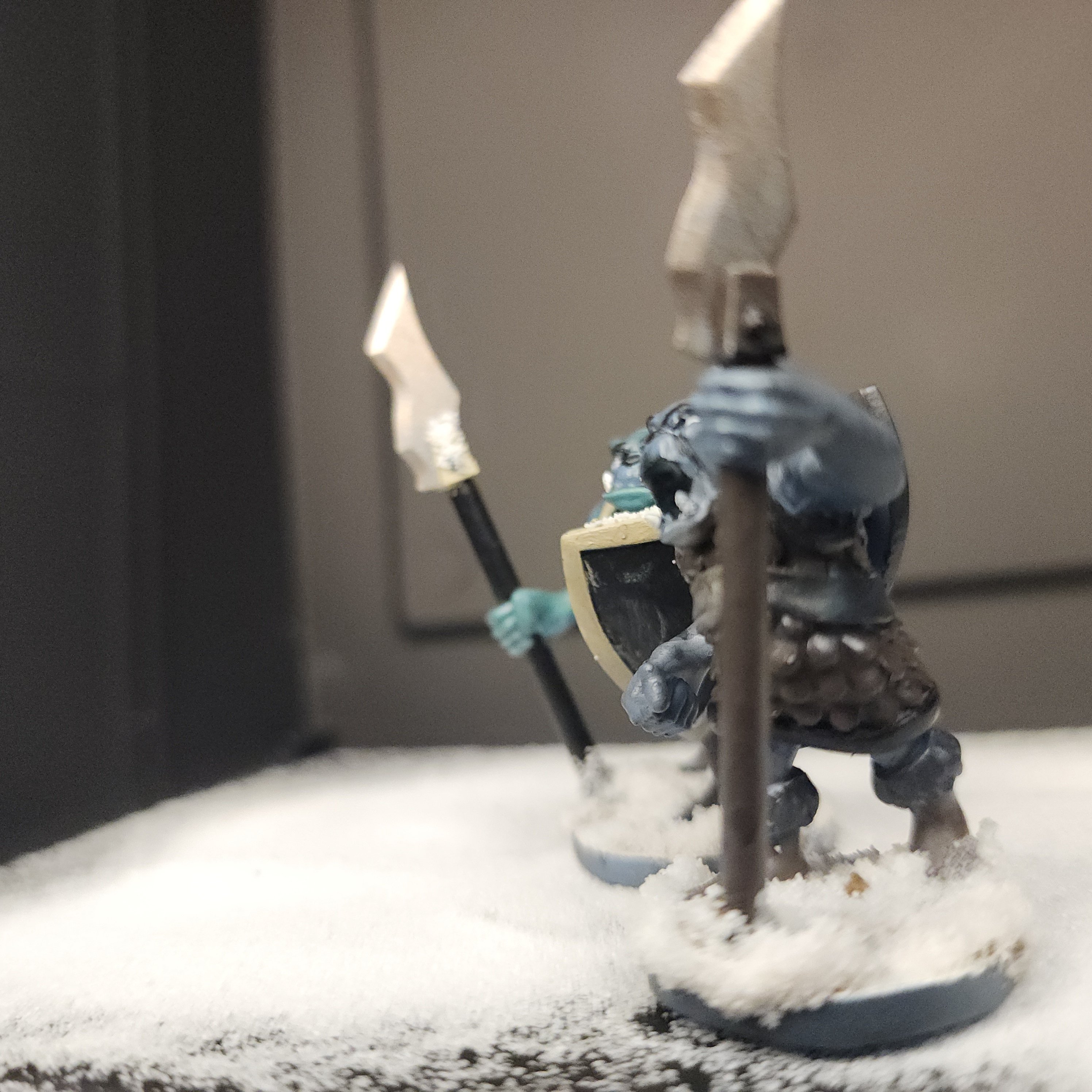
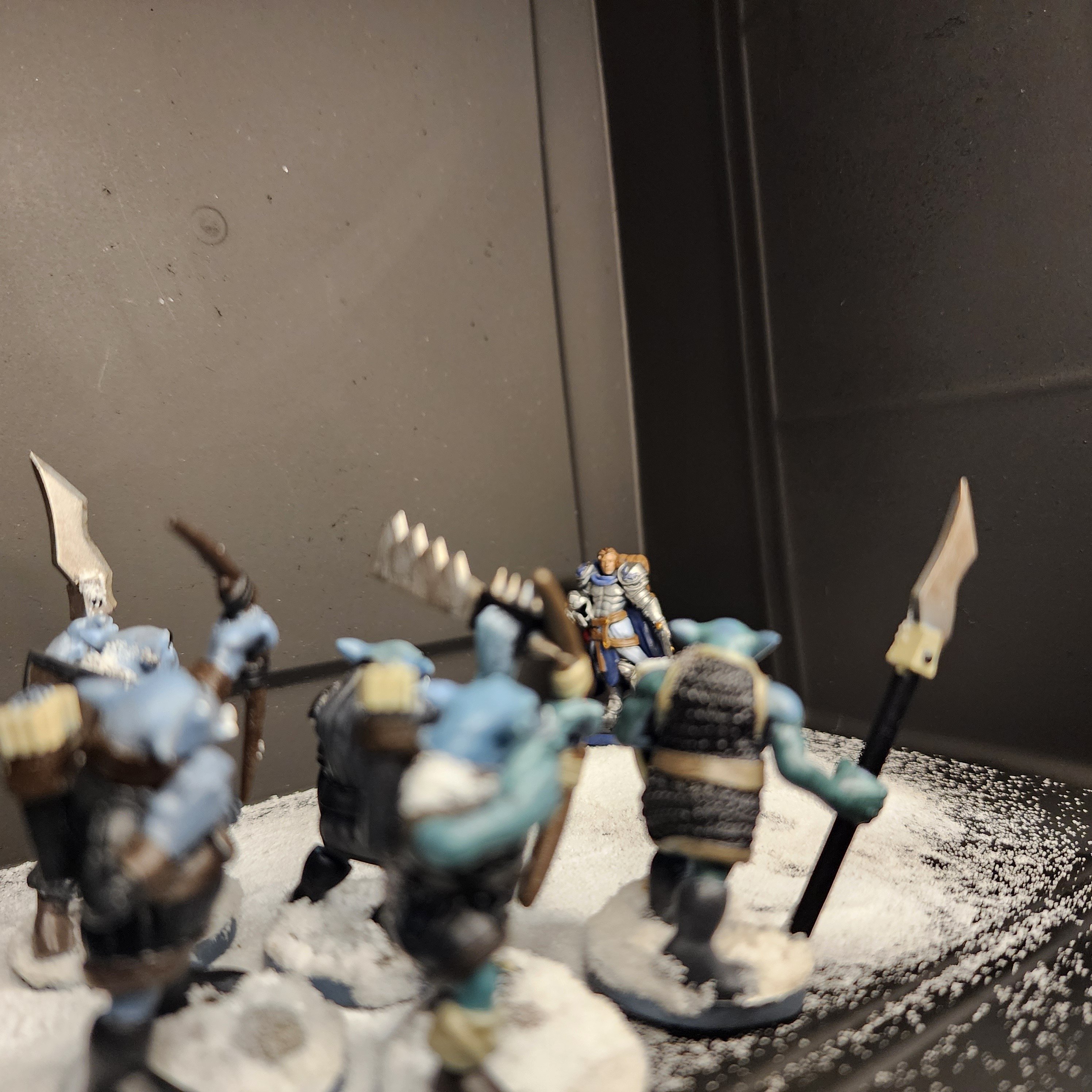

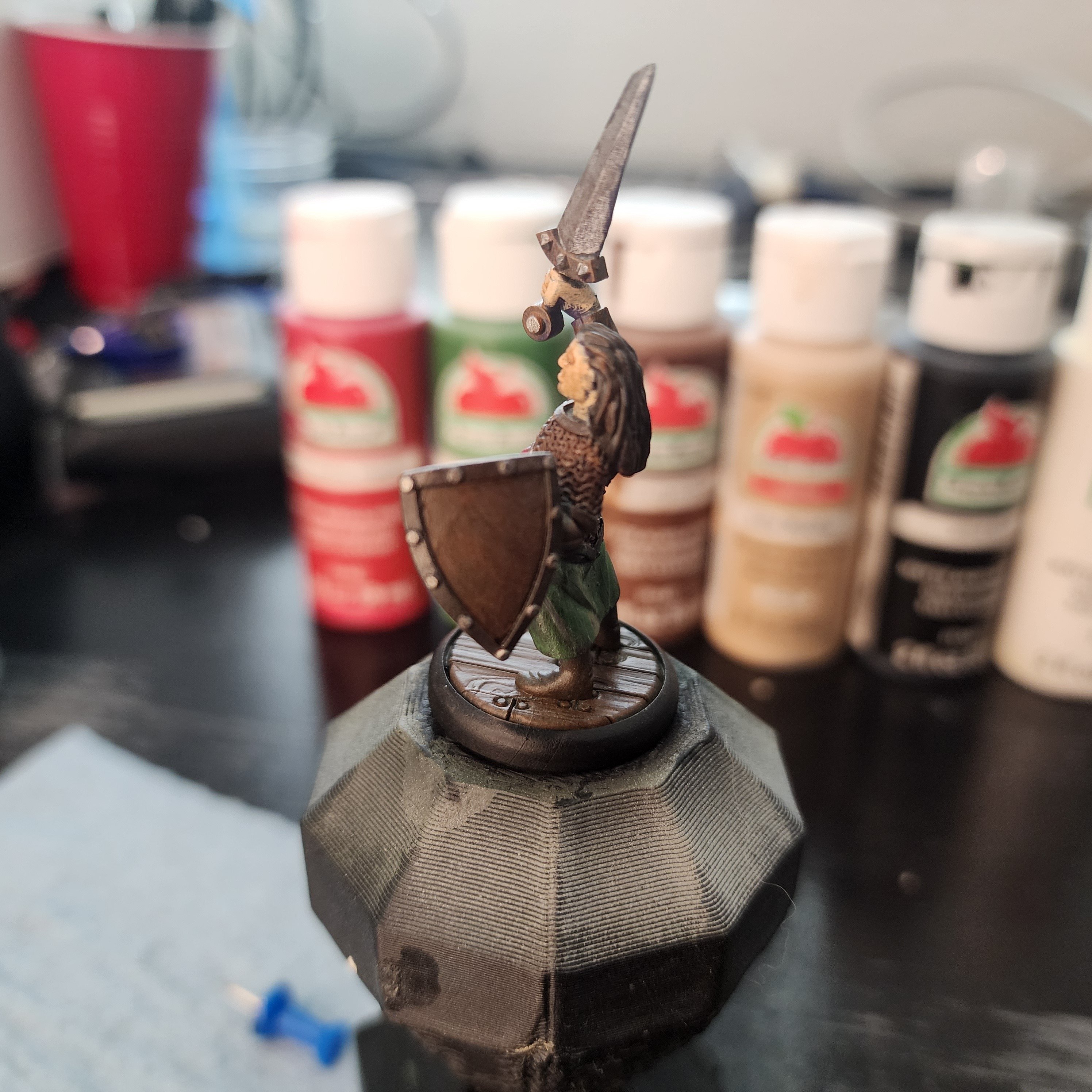
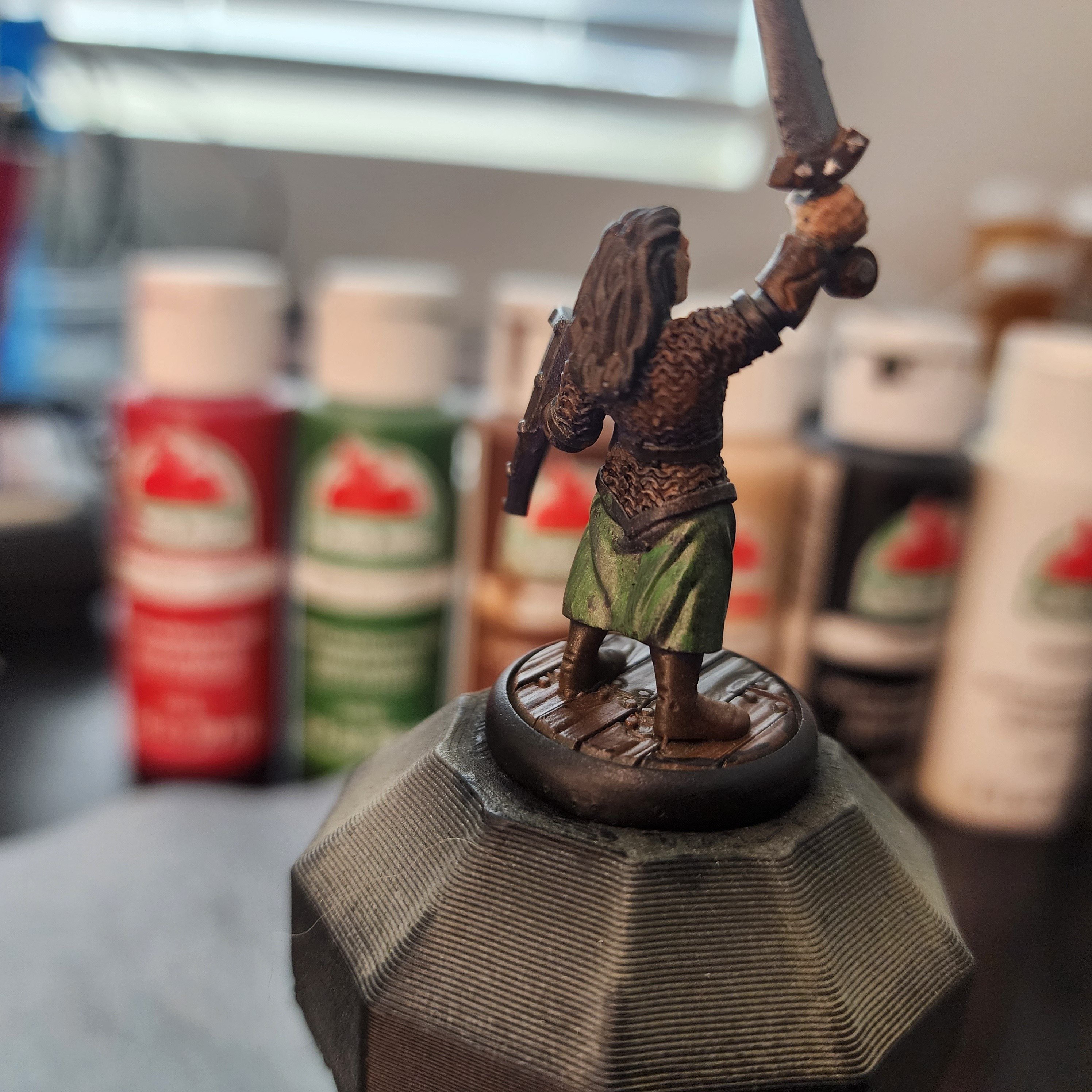


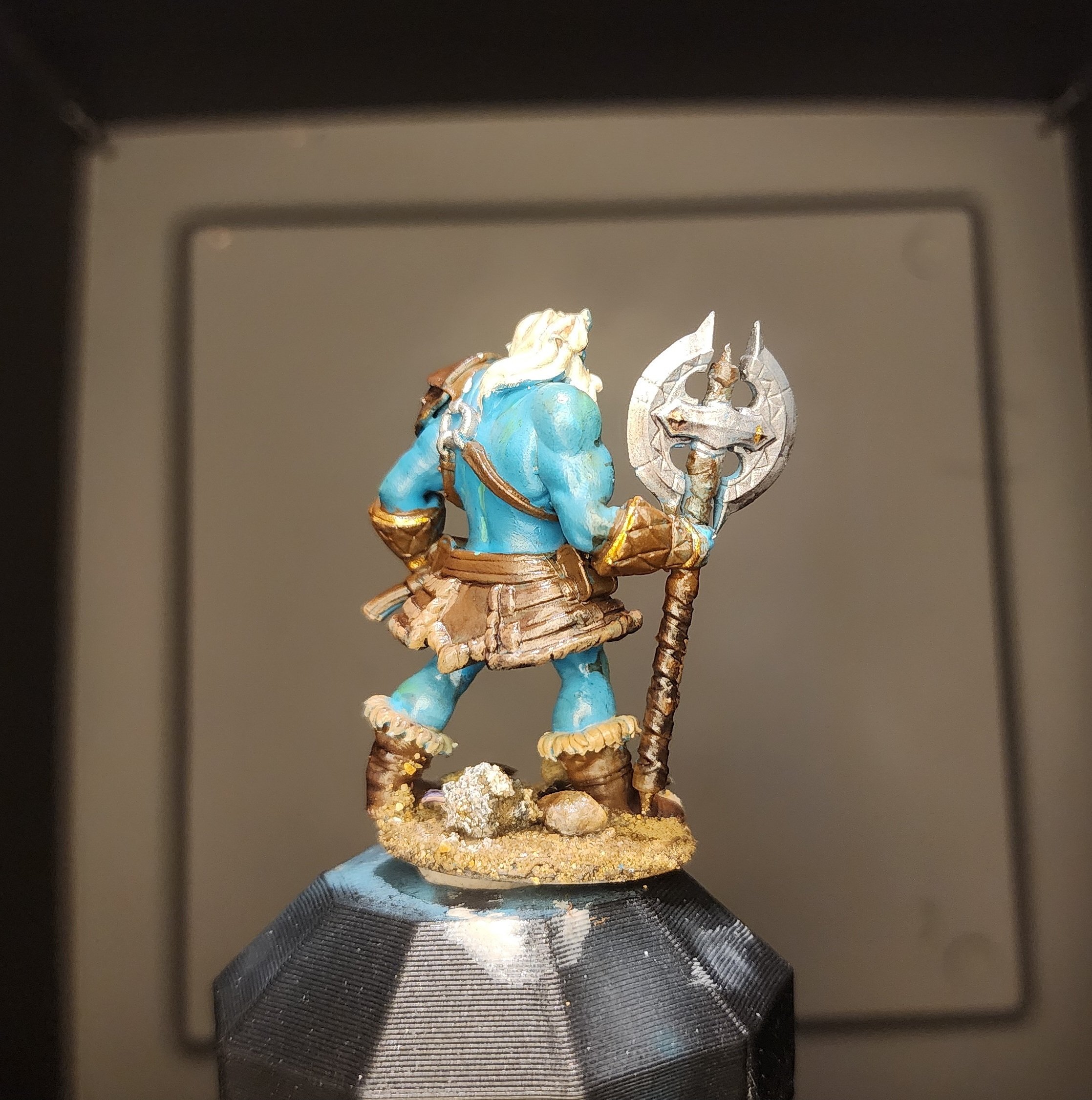
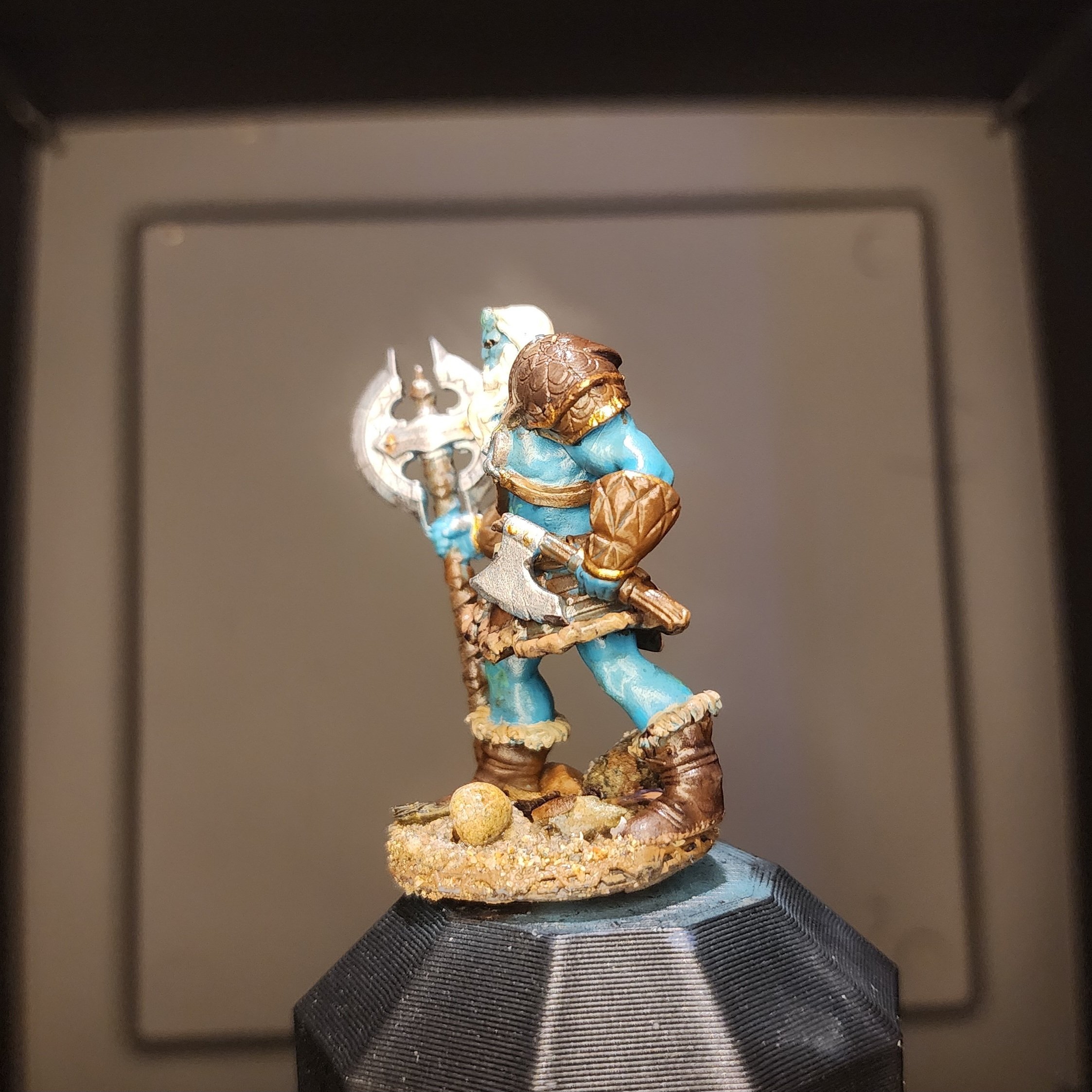
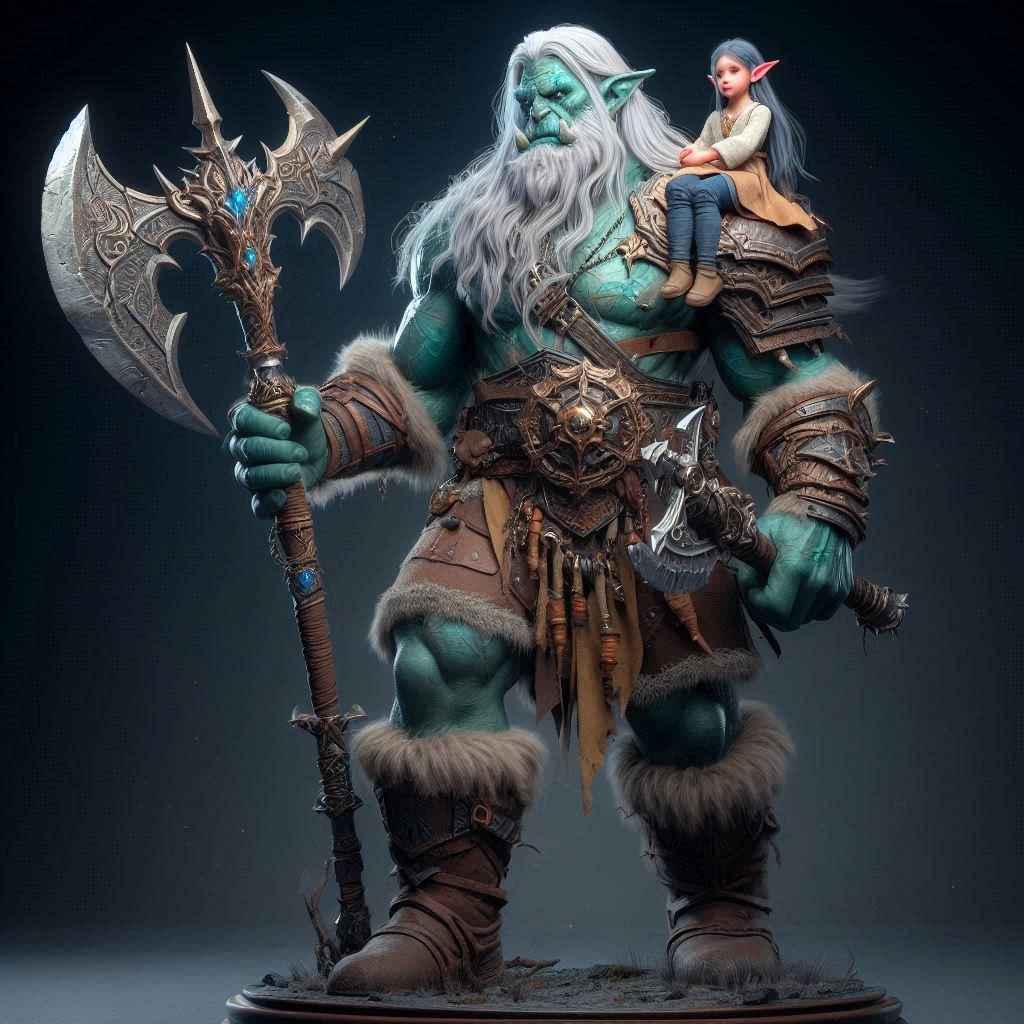

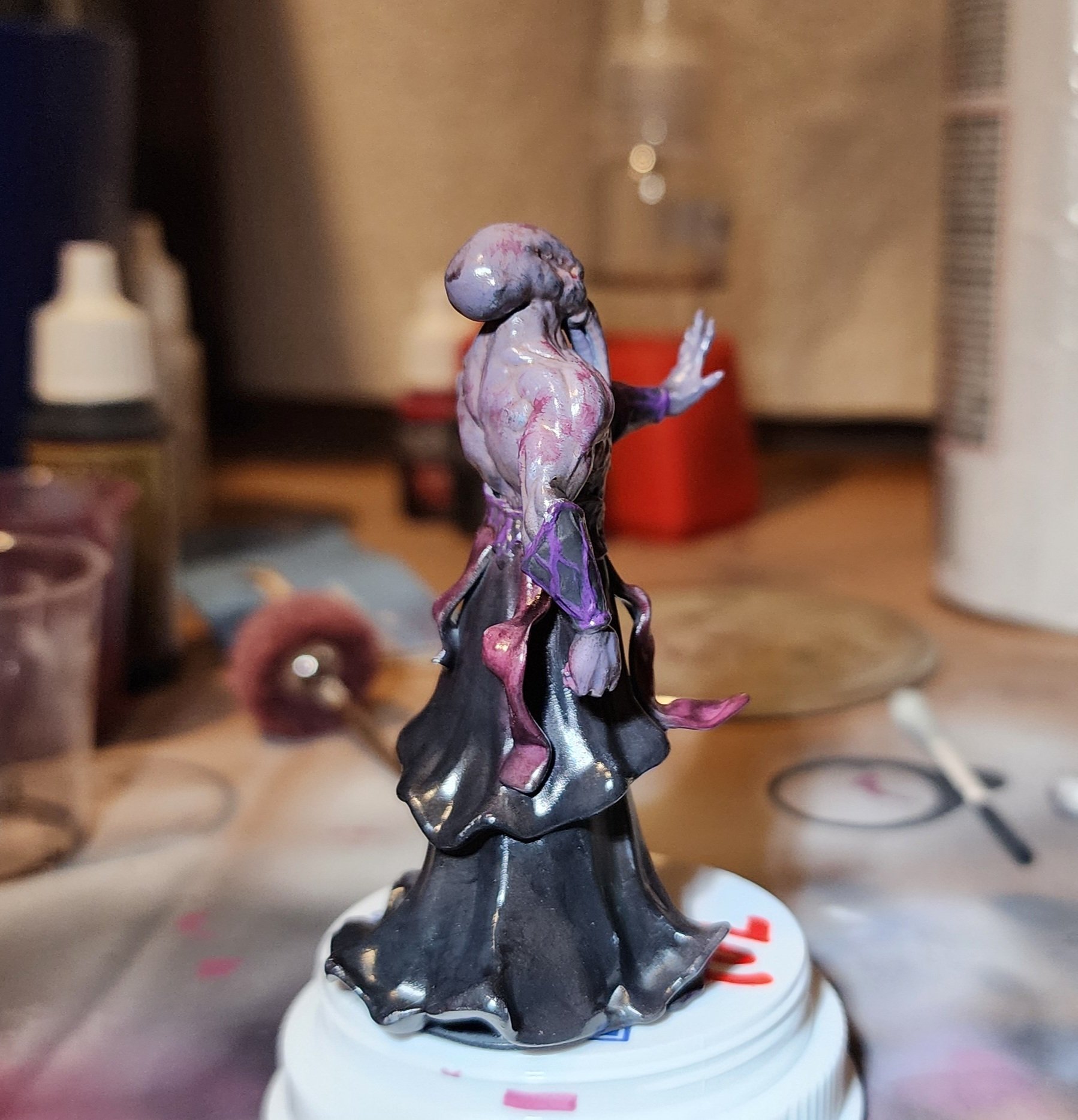

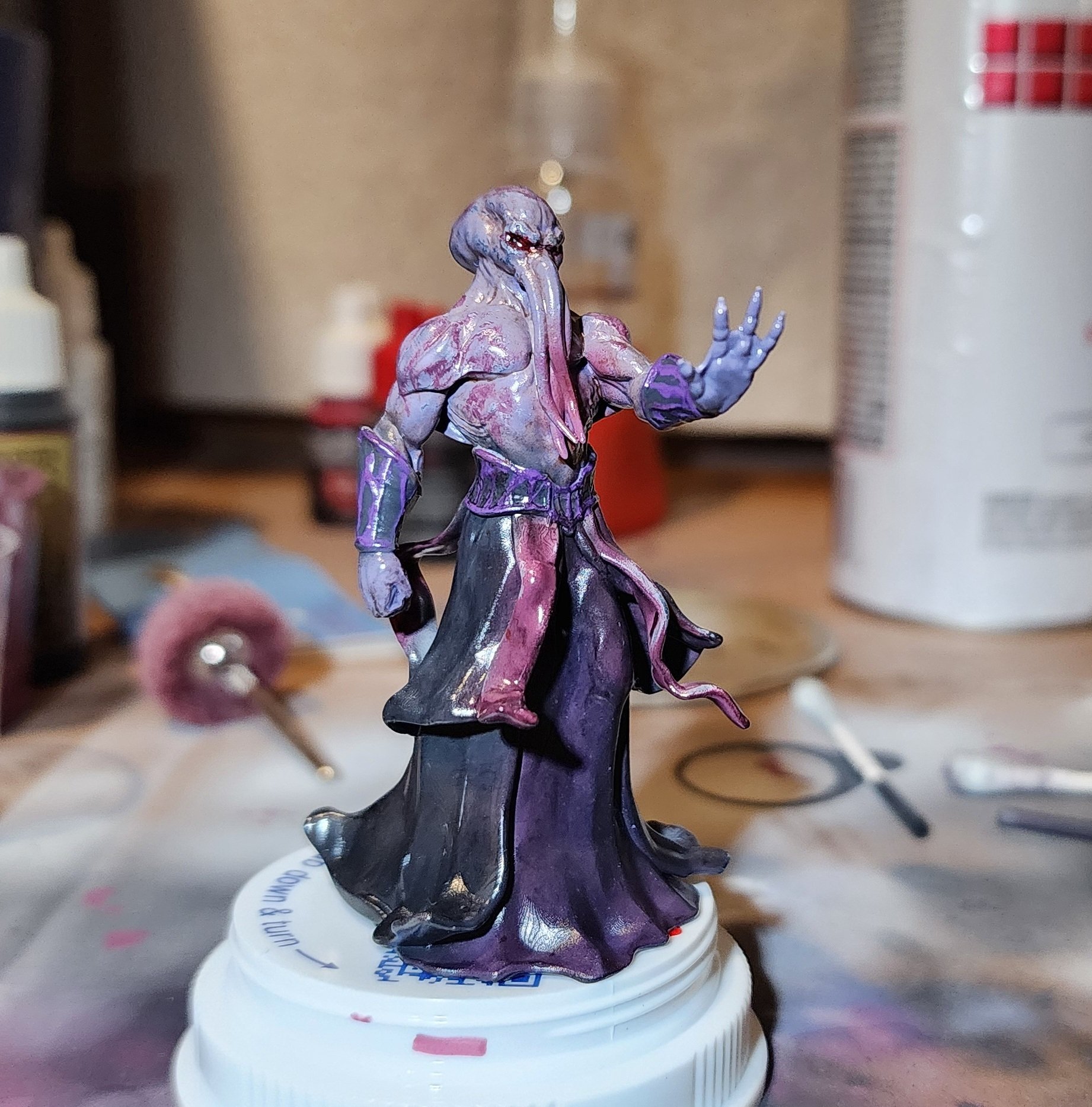

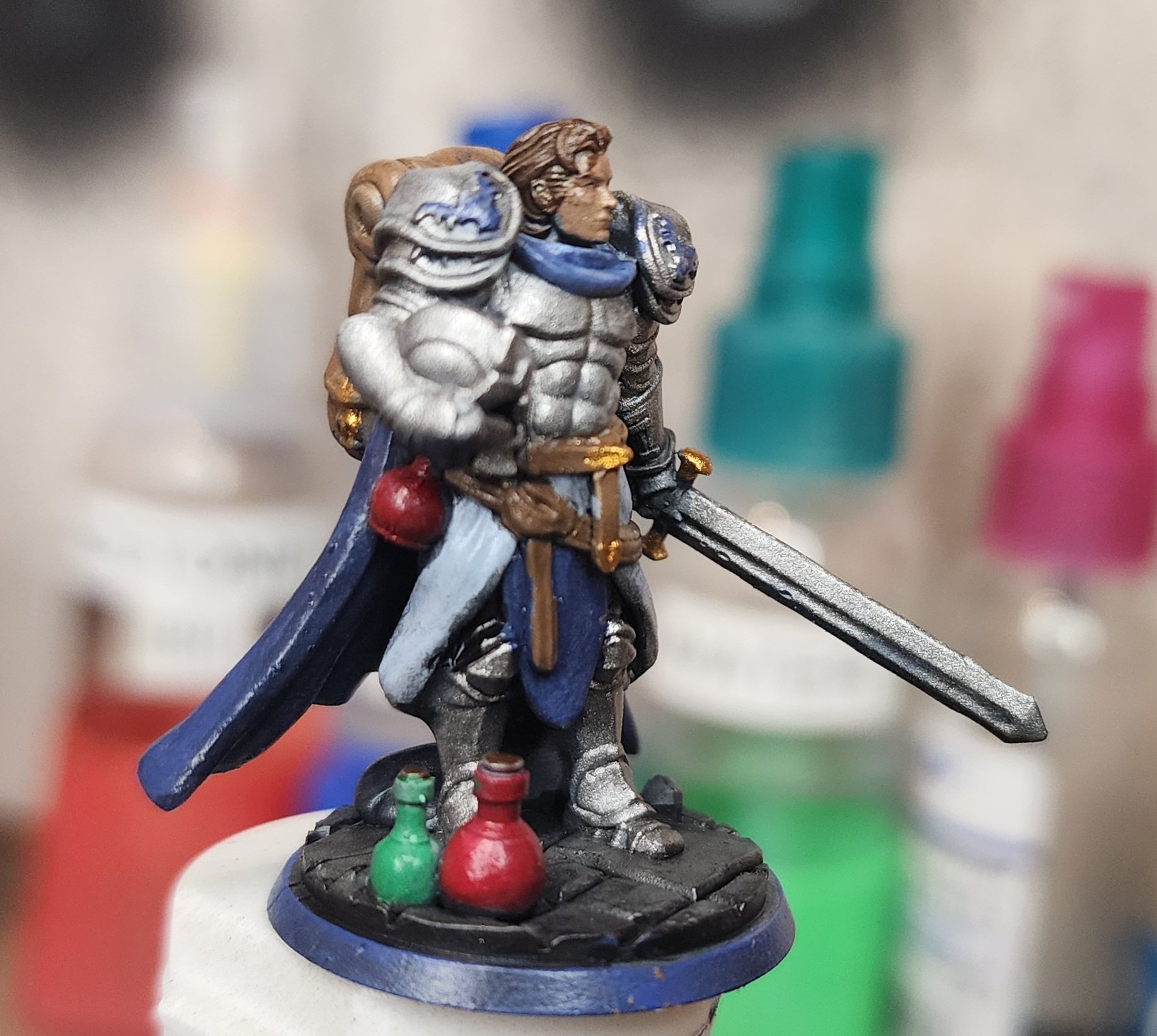
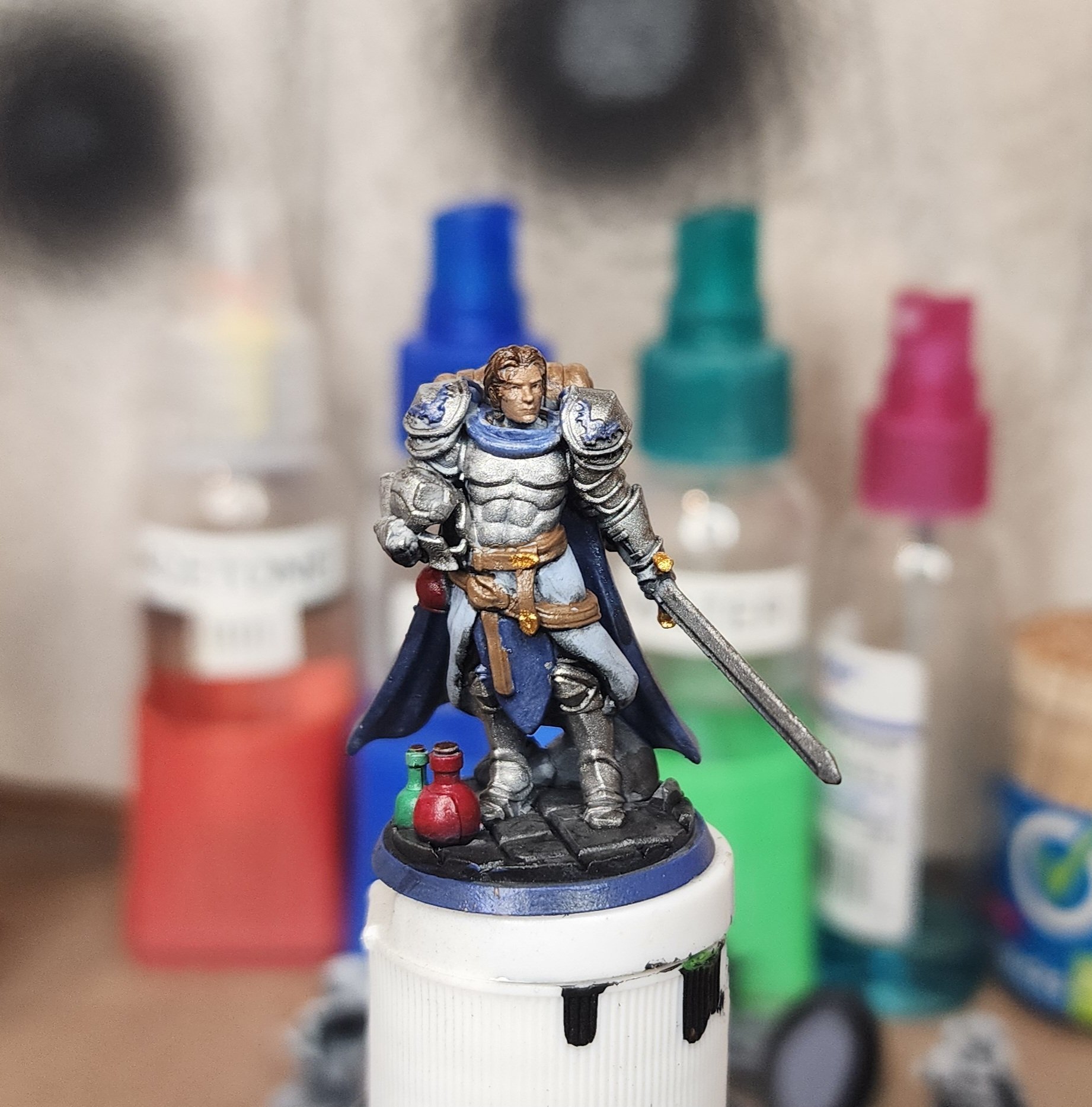

Republican: Never thought I'd die voting side by side with a lib-tard.
Democrat: What about side by side with a comrade?